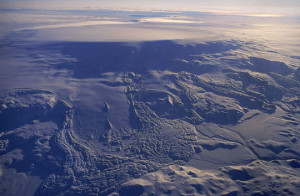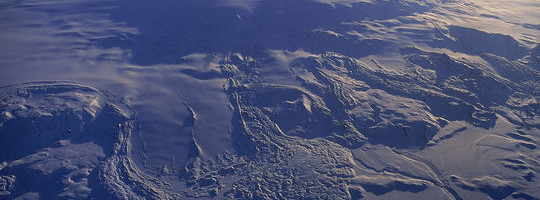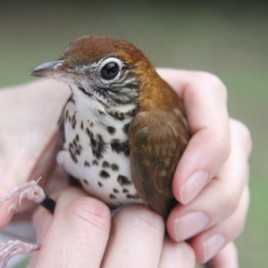
The Bárðarbunga in 1996. (Photo credit: Oddur Sigurðsson, Icelandic Meteorological Office)
Four years after ash from the Eyjafjallajokull volcano in Iceland disrupted air traffic in Europe for six days, scientists have heard ominous rumblings from another volcano, Bardarbunga.
On August 18, the Icelandic Meteorological Office raised aviation alert level to orange, meaning that “it shows heightened or escalating unrest with increased potential of eruption”. Intense seismic activity that started on August 16 persisted through Monday, but no magma was observed moving on the surface yet.
The Bárðarbunga volcano is located under the ice cap of Vatnajökull glacier and is the second highest mountain in Iceland (2,009 meters). It is a stratovolcano similar to the Krakatoa (Indonesia) and Vesuvius (Italia).


